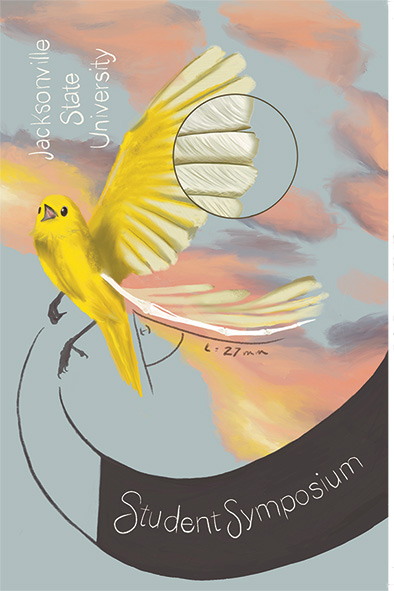
A Preliminary Comparison of Methylene Blue and Phloxine B’s Developmental Toxicity Using Xenopus Embryos
Date
2-14-2023
Faculty Mentor
James Rayburn, Biology
Loading...
Files
Submission Type
Paper
Location
9:15-9:25am | Houston Cole Library, 11th Floor
Description
Chemical dyes are one of the most commonly utilized chemical substances in our daily life, as they are found in food, textiles, and medications, resulting in high environmental exposure. Methylene blue (MB) and Phloxine B (Ph B), which are both used in textiles, food, and even pharmaceuticals, will be tested for teratogenic effects in this investigation. Methylene blue is most commonly used as a bacteriologic stain and indicator, whereas Ph B is usually utilized as an agar plate stain. Methylene blue has been demonstrated in recent research to produce severe central nervous system toxicity, as well as nitrogen and ammonia poisoning. Ph B is also an effective photosensitizer of cellular membrane damage, meaning skin exposure to the dye and sunshine or artificial light may result in phototoxicity. To better understand the adverse developmental effects of MB and Ph B, the Frog Embryo Teratogenesis Assay – Xenopus (FETAX) was performed to assess the developmental toxicity. FETAX is a 96-hour test that measures the potential of chemicals to induce death, deformity, and growth inhibition in developing embryos using early-stage embryos of the South African clawed frog (Xenopus laevis). The objective of this study is to determine the potential developmental toxicity of MB and Ph B. To assess the photoactivity, the Ph B trials were carried out in both light and dark settings. Fertilized embryos were separated for the studies and allowed to develop in test solutions. The LC50 (mortality), EC50 (malformation) for MB and Ph B (in light and dark) were determined using probit analysis. The Teratogenic Index (96-hr LC50 / 96-hr EC50) was calculated to determine the risk to amphibian embryos. Overall, the results indicate these dyes have the potential to cause malformations and risk to amphibian embryos.
Keywords
student research, biology
Rights
This content is the property of Jacksonville State University and is intended for non-commercial use. Video and images may be copied for personal use, research, teaching or any "fair use" as defined by copyright law. Users are asked to acknowledge Jacksonville State University. For more information, please contact digitalcommons@jsu.edu.
Disciplines
Biology
Recommended Citation
Maharjan, Kritika, "A Preliminary Comparison of Methylene Blue and Phloxine B’s Developmental Toxicity Using Xenopus Embryos" (2023). JSU Student Symposium 2023. 26.
https://digitalcommons.jsu.edu/ce_jsustudentsymp_2023/26



